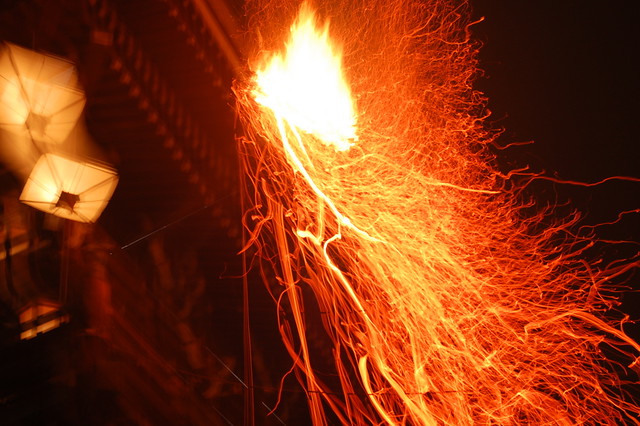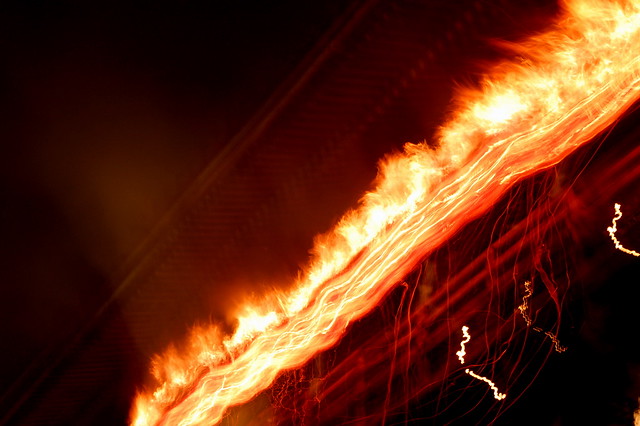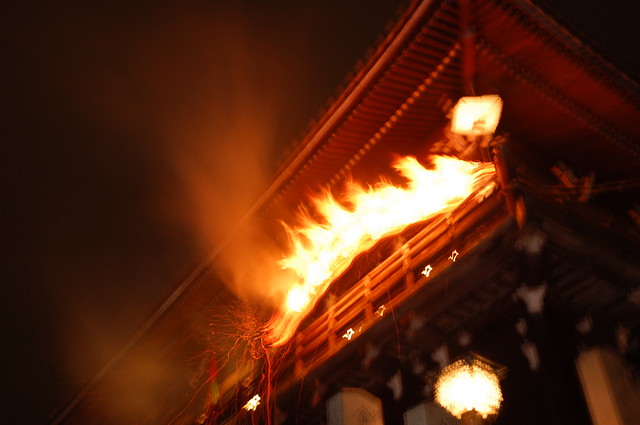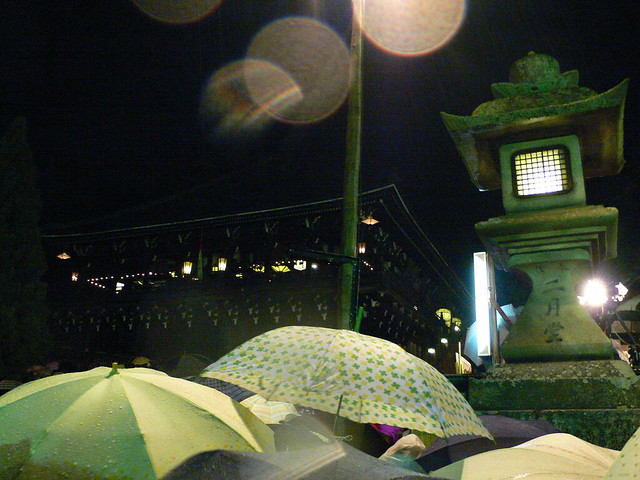The 84th Spring High School Baseball Tournament began on the 21st. It will be held at Koshien Stadium to April 2nd on the sidelines of spring vacation. There are arguments for and against its holding and the participation of Tohoku High School representing Miyagi Prefecture last year.
In the fair play pledge at the opening ceremony, the captain of Ishinomaki Industrial High School representing Miyagi Prefecture said, "Many people still can't handle their griefs," "What we can do is to go all out and stay the course." The athlethe oath-taker of this tournament is decided by lot. The lot fell upon him.
The season's first trees started to blossom in Kochi Prefectures On March 21st. However, most blossoms incuding cherry blossoms are late in blooming this year.According to some forecasts, cherry trees are expected to start blooming on March 30th or 31st in Tokyo.
Haru-ichiban(春一番) didn't blow in Kanto, Kinki and Tokai regions this year. Haru-ichiban is the first strong south winds of the year which blow between Rissyun(立春:the first day of spring,Feb 4th this year) and Syunbun(春分:spring equinox,March 20th this year). It has been so cold during the past few months.
Ume blossoms are in full bloom now. The camellia is nearing the end of its blooming season.
 |
| yabu-tsubaki |
we've been familiar with some species of camellias, especially yabu-tsubaki(藪椿,Japanese Camellia, Camellia japonica) and sazanka(山茶花, Christmas Camellia, Camellia sasanqua.)
The word "tsubaki(椿)" means camellia, but it doesn't include Christmas Camellia. Tsubaki usually means Japanese Camellia. In China, Chinese characters "山茶" mean most varieties of camellias.
Camellia tree is also cultivated as hedge plant.
 |
| Camellia sasanqua 'Ryomen-ko' (両面紅) |
The sazanka blooms from late autumn to winter and are native to Japan. Unlike the Japanese Camellia, the petals detach from the flowerhead and flutter to the ground.
The Japanese Camellia is native to China, Taiwam, Korea and Japan. It blooms from winter to spring. When its petals begin to wither, the whole flower head falls off. People associated beheading with fallen flower heads, so camellia blossoms are not favored as a get-well gift.
Some varieties of Japanese Camellia such as Goshiki-yaechiri-tsubaki(五色八重散椿) in Jizo-in(地蔵院), Kyoto shed petal by petal.
Camellia oil has been used for various purposes. Now it's used mainly for cooking and cosmetic purposes. Camellia oil from Izu Oshima island are available at most drugstores.
At Omizutori in March, paper-made camellias are dedicated with rice cakes and paper-made nanten(nandina) to the principal image of the 11-faced form of Kannon Bodhisattva in Todai-ji Temple, Nara.
巨勢山の つらつら椿 つらつらに
見つつ偲はな 巨勢の春野を
Ko-se-ya-ma-no Tsu-ra-tsu-ra-tsu-ba-ki Tsu-ra-tsu-ra-ni
Mi-tsu-tsu-shi-no-wa-na Ko-se-no-ha-ru-no-wo
"Camellia trees are lined up on Mount Kose, let us remember rows of camellia blossoms in the spring fields of Kose by looking at these trees," written by Sakato no Hitotari(坂門人足) in "Collection of Ten Thousand Leaves" (the oldest existing anthology of poetry)
He made this poem when he visited Kose in the autumn of 701. This poem is based on an old poem that praises camellia blossoms in full bloom in the spring fields of Kose. Many poets have used the phrase "tsura-tsura-tsubaki(つらつら椿)" of the poem in their poems.
Tsubaki-mochi(椿餅) are sandwiched buns between two leaves of camellia. This confection appears in the Tale of Genji although it didn't contain sugar. Camellia leaves are inedible, but cherry leaves wrapping sakura-mochi are edible.
Camellias have been favored as one of flowers appropriate for tea ceremonies or tea house. Powerful people including Toyotomi Hideyoshi(豊臣秀吉), Tokugawa Hidetada(徳川秀忠, the second Shogun of the Tokugawa Shogunate) also loved camellia blossoms. It became a status symbol for cultural figures to have camellias, and various varieties of camellias had been created during the Edo Period. A fondness for camellias spread among commoners.
A nephew of the first Shogun ordered a painter to paint a 24m-long picture scroll called“One Hundred Camellias(百椿図)”in 1635. The scroll shows a variety of flowers arranged not only in flower vases but in articles for daily use such as a bowl, a fan, a basket, a trash tray. Forty-nine foremost cultural figures including the second lord of the Mito domain, poets, scholars, monks wrote 52 poems in the margin of the scroll. The poems include the above Sakato no Hitotari's poem.
Some varieties of camellias written on it are now lost. The process of improvement in camellia varieties can be inferred from the scroll.
(refer to http://bluediary2.jugem.jp/?eid=2736 about One Hundred Camellias.)
 |
| wabisuke |
Camellia wabisuke(侘助, wabisuke) has been popular as a flower for tea ceremony. Wabisuke is thought to be derived from Camellia japonica 'Tarokaja'(太郎冠者). Tarokaja and other wabisuke camellia cultivars have the same characteristics as camellias in China.
 |
| Tarokaja |
Tarokaja is called uraku-tsubaki(有楽椿, Camellia uraku Kitam.) in Kyoto. The name "Uraku" comes from Oda Urakusai(織田有楽斎) who was a feudal lord and a master of the tea ceremony.
 |
| Kochouwabisuke |
 |
| Sukiyawabisuke |
Camellia japonica×wabisuke 'Sukiyawabisuke' (数奇屋侘助) was called Sukiya(数奇屋) in the Edo Period.
Kingyobatsubaki(金魚葉椿) is a Camellia japonica for enjoying the leaves. Camellia japonica 'Kingyotsubaki' appears in a pictorial book of plants and flowers published in 1789.
●Higo-tsubaki
The cultivation of Higo-tsubaki(肥後椿) started in Higo area(present Kumamoto Prefecture). The varietes are single-flowered camellia with prominent golden stamens. Higo-tsubaki lovers appreciate the stamens.
The lords of the Higo Domain encouraged the cultivation of flowers including Chinese Peony, chrysanthemum, Japanese camellia, Morning Glory, Hanashobu(Iris ensata var. ensata) and Christmas Camellia as a mental training for samurai.
 |
| Camellia japonica 'Osaraku' (長楽) was created in the Edo Period |
Higo-tsubaki was never allowed to be taken out of the domain in the Edo Period, but we can buy its seedlings now.
About chrysanthemum(Higo-giku), a member of the domain wrote the technical guidebook for its cultivation in 1819.
Camellia japonica 'Goshozakura' (御所桜)
Camellia japonica 'Higo-ozeki' (肥後大関)
● camellias created in Edo(present Tokyo)
Camellia japonica 'Shokkou' (蜀紅) appears in a pictorial book of camellias published in 1757.
Camellia japonica ‘Bokuhan’(卜伴) appears in a pictorial book of plants and flowers published in 1719.
Camellia japonica 'Harunoutena' (春の台) appears in a pictorial book of plants and flowers published in 1841.
Camellia japonica 'Iwaneshibori' (岩根絞) appears in a pictorial book of camellias published in 1859.
Camellia japonica ‘Ezonishiki’(蝦夷錦) appears in a pictorial book of camellias published in 1859.
Camellia japonica 'Akinoyama' (秋の山) appears in a pictorial book of camellias published in 1859.
Camellia japonica 'Miyakodori' (都鳥) appears in a pictorial book of plants and flowers published in 1841.
Camellia japonica 'Kagoshima' (鹿児島) appears in a pictorial book of plants and flowers published in 1739.
Camellia japonica 'Moshio' (藻汐) appears in a pictorial book of camellias published in 1859.
Camellia japonica 'Soshiarai'(草紙洗) appears in a pictorial book of plants and flowers published in 1841.
Camellia japonica 'Tennin-matsushima'(天人松島) appears in a pictorial book of camellias published in 1859.
Camellia japonica 'Somekawa' (染川) appears in a pictorial book of camellias published in 1879.
Camellia japonica 'Daikagura' (太神楽) appears in a pictorial book of plants and flowers published in 1789.
Camellia japonica 'Hikarugenji' (光源氏) appears in a pictorial book of camellias published in 1859.
● camellias in Owari(the areas aound Nagoya)
Camellia japonica 'Beni-myourenji' (紅妙蓮寺) created in the Edo Period
Camellia japonica 'Daijoukan' (大城冠) created in the Edo Period
The variety registration of Camellia japonica 'Mikasanotsuki' (三笠の月) was granted in 1941.
● camellias in Kaga(the areas around Kanazawa)
Camellia wabisuke 'Seioubo' (西王母) is said to have been created by a member of the Kaga Domain in the end of the Edo Period.
In the tea ceremony, a charcoal water heater embedded in the floor is used in place of a portable water heater from the day of the boar in the 10th lunar month to late April. Seioubo is often decorated in the tea ceremony on the day.

Camellia japonica 'Tobousaku' (東方朔) created in 1972
● camellias in the areas including Toyama and Niigata
Yuki-tsubaki(雪椿, Camellia japonica var. decumbens or Camellia japonica subsp. rusticana)is native to Tohoku and Hokuriku regions along the Sea of Japan including Toyama and Niigata.
Camellia japonica 'Tsugawashibori' (津川絞) was found in the garden of a home in Tsugawa, Niigata Prefecure.
Camellia resticana 'Kitanonada' (北の洋) was found in the garden of a home in Joetsu City, Niigata Prefecure.
● camellias in San-in Region
Many species of camellias are native to San-in Region including Matsue.
Matsudaira Fumai(松平不昧), the 7th lord of the Matsue Domain, was a leading master of tea ceremony and gathered various varieties of camellias. There is a camellia tree that Fumai loved in Matsue.
● camellias created in Kyoto
Camellia japonica 'Akebono' (曙) created in the Edo Period
The masters of tea ceremony loved Camellia japonica 'Shiratama' (白玉). This camellia was created before the Edo Period.
Camellia japonica 'Akashigata' (明石潟) appears in a pictorial book of camellias published in 1859.
Camellia japonica ‘Kamo-hon-nami’(加茂本阿弥) was created in the Edo Period.
Camellia wabisuke 'shiro-wabisuke' (白侘助) is very popular as a flower for tea ceremony. It appears in a pictorial book of camellias published in 1859.
Camellia japonica 'Yuritsubaki' (百合椿) appears in a pictorial book of plants and flowers published in 1829.
 |
| Honen-in Temple(法然院) in Kyoto photo by KYOTOdesign |
 |
| Otome-tsubaki |
Otome-tsubaki appears in a pictorial book of plants and flowers published in 1892.
The original tree of Camellia japonica 'Satsuma' was cultivated at Sengan-en(仙巌園) in Kagoshima Prefecture. Sengan-en was originally built by the lord of Satsuma Domain as his personal villa garden.
 |
| Karako-tsubaki photo by 神戸観光壁紙写真集 |
 |
| Karako-tsubaki photo by 神戸観光壁紙写真集 |
 |
| Chiri-tsubaki photo by 神戸観光壁紙写真集 |
A camellia tree called Chiri-tsubaki(散椿) in Choraku-ji Temple(長楽寺) in Hyogo Prefecture is estimated to be over 500 years old. Chiri-tsubaki shed petal by petal.
 |
| Chiri-tsubaki photo by 神戸観光壁紙写真集 |





